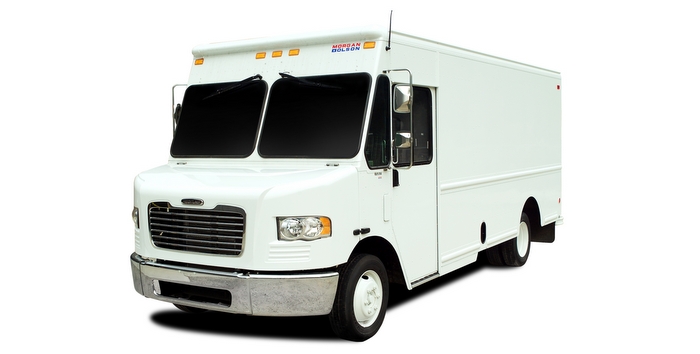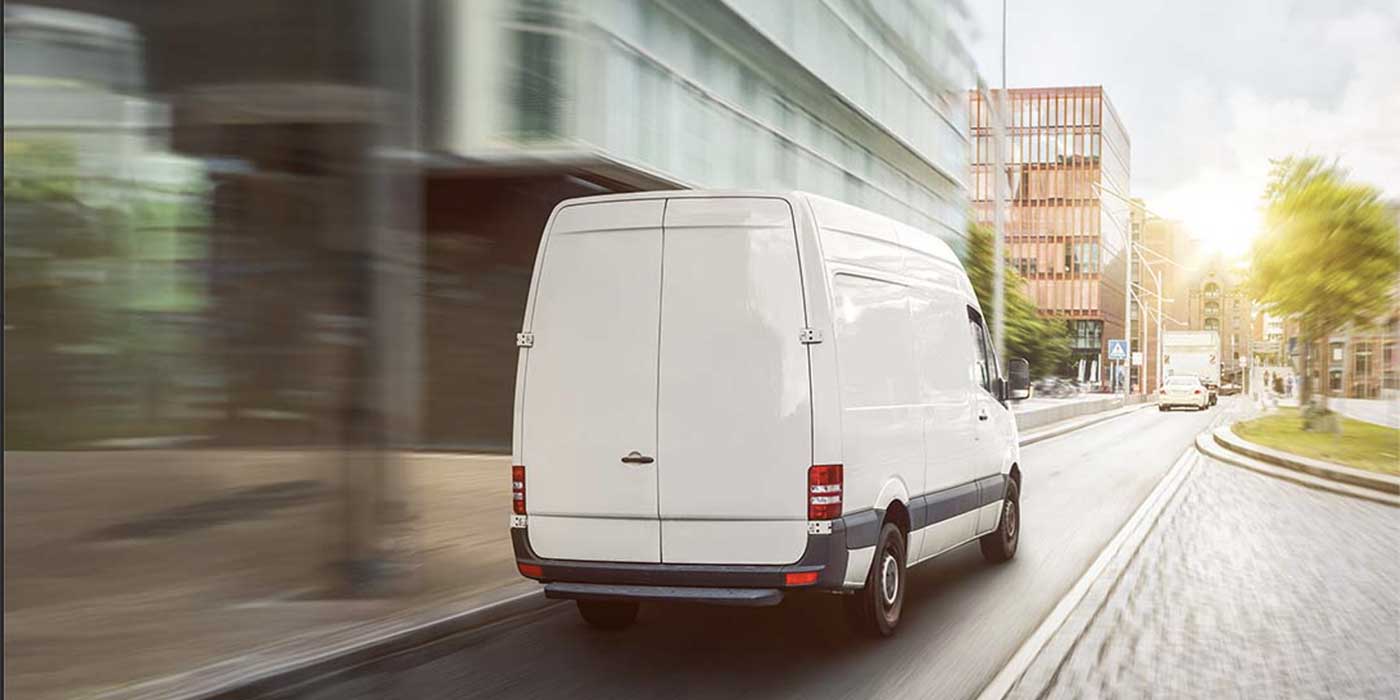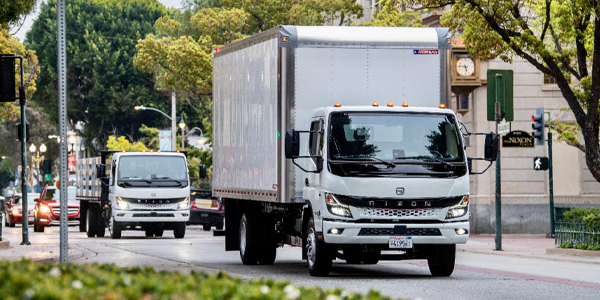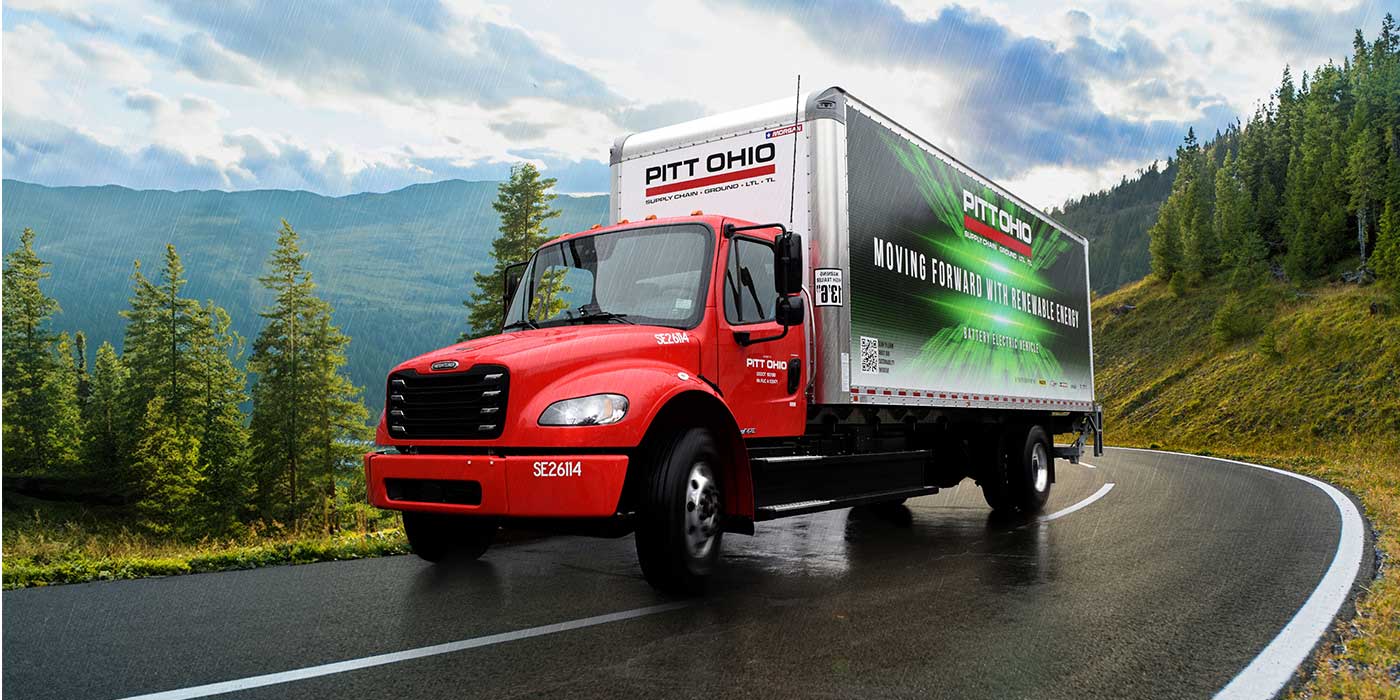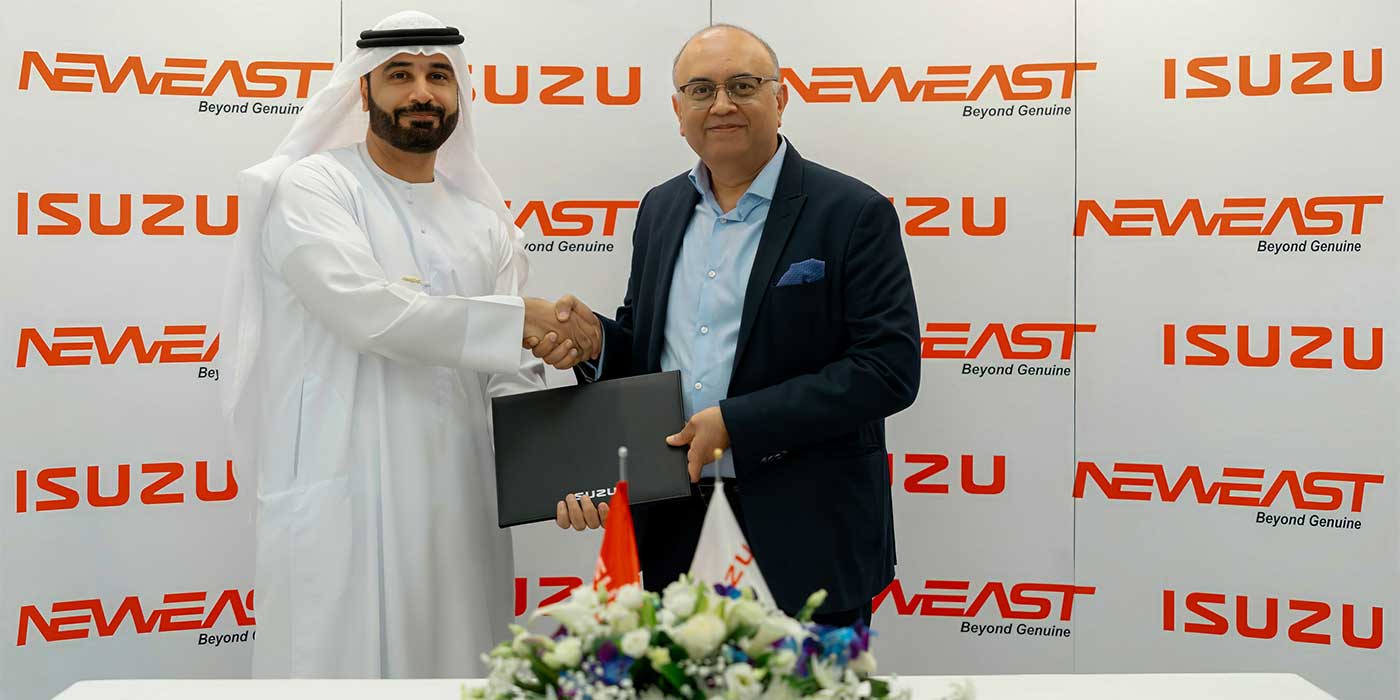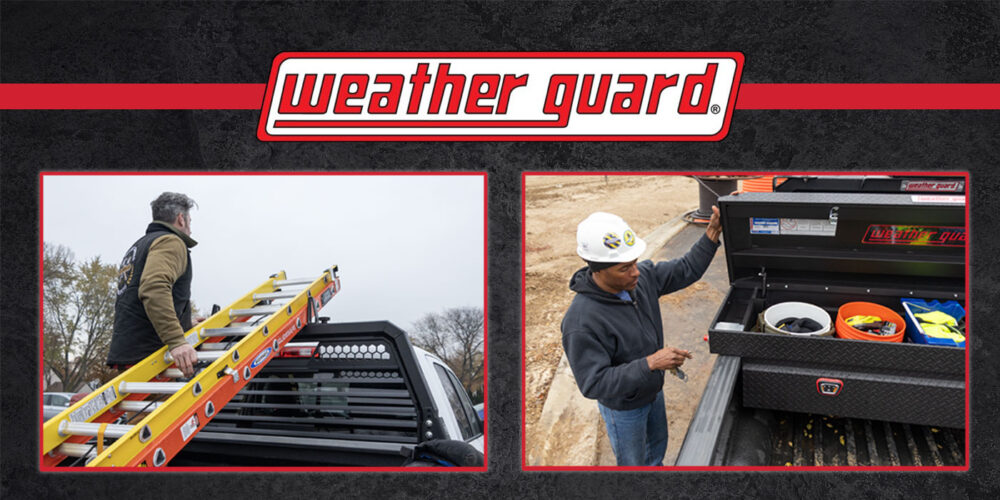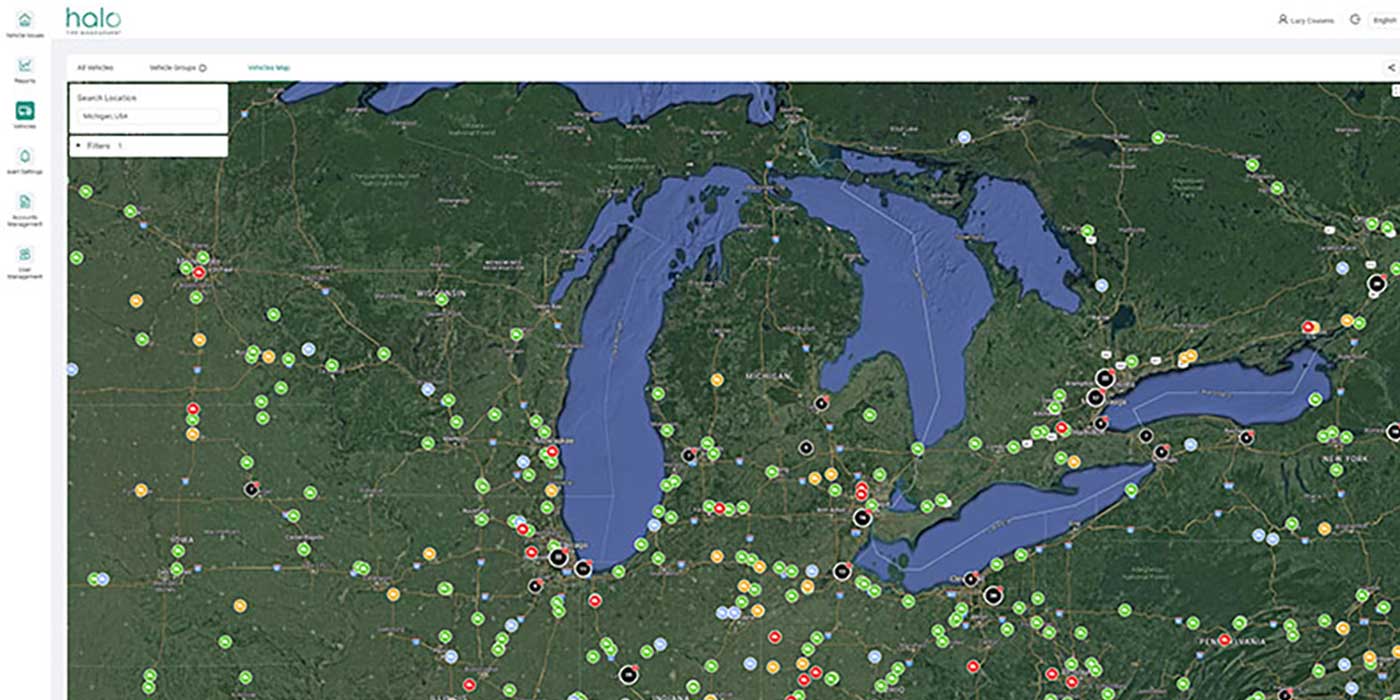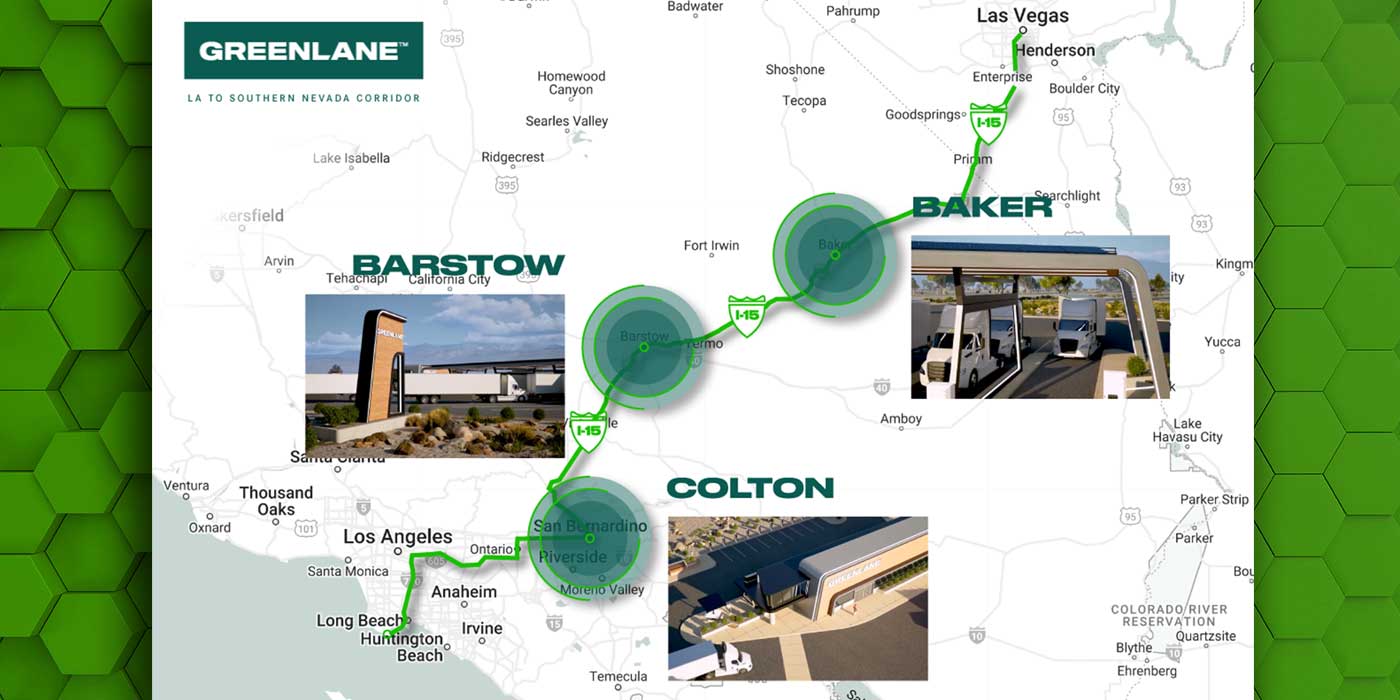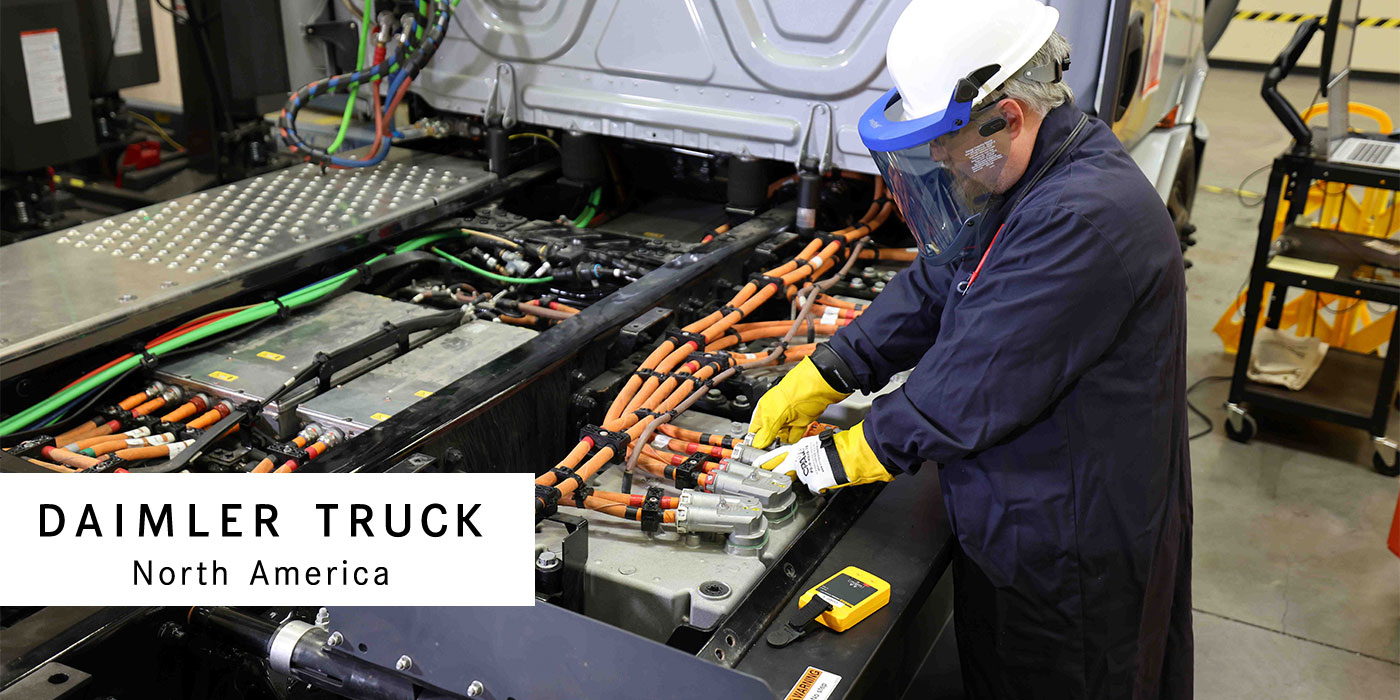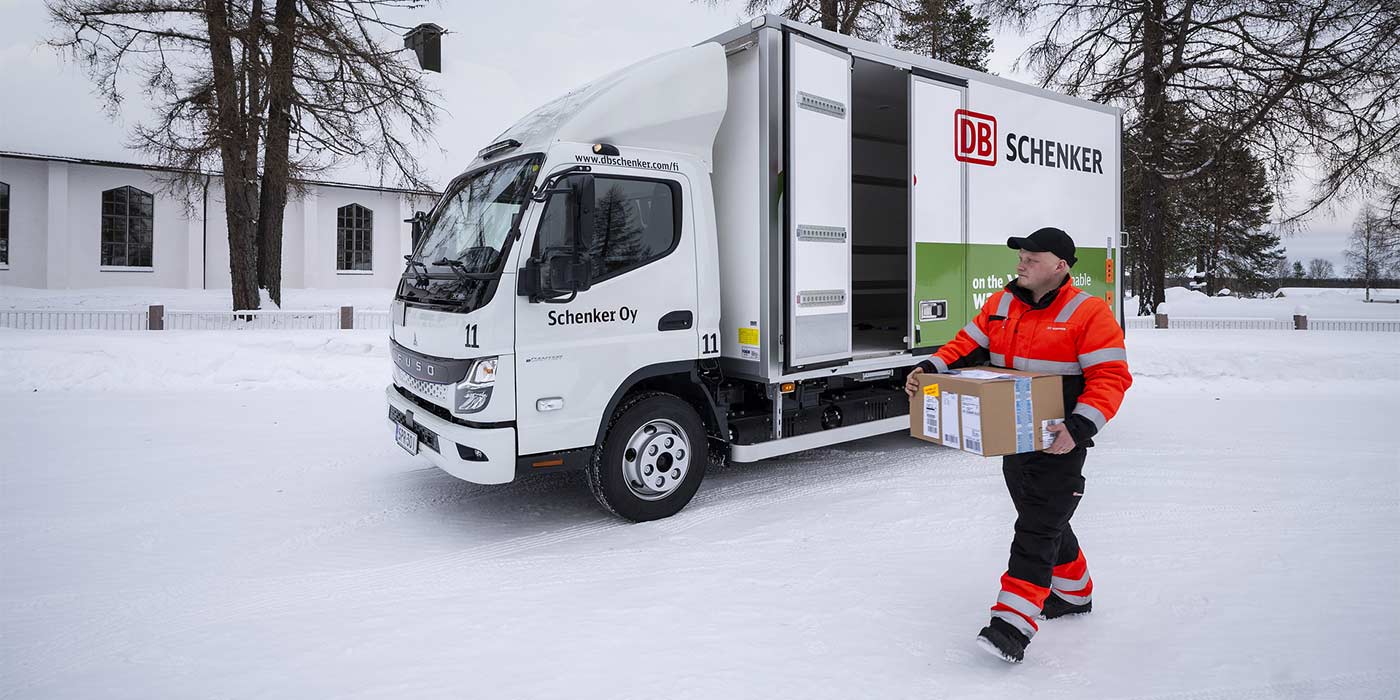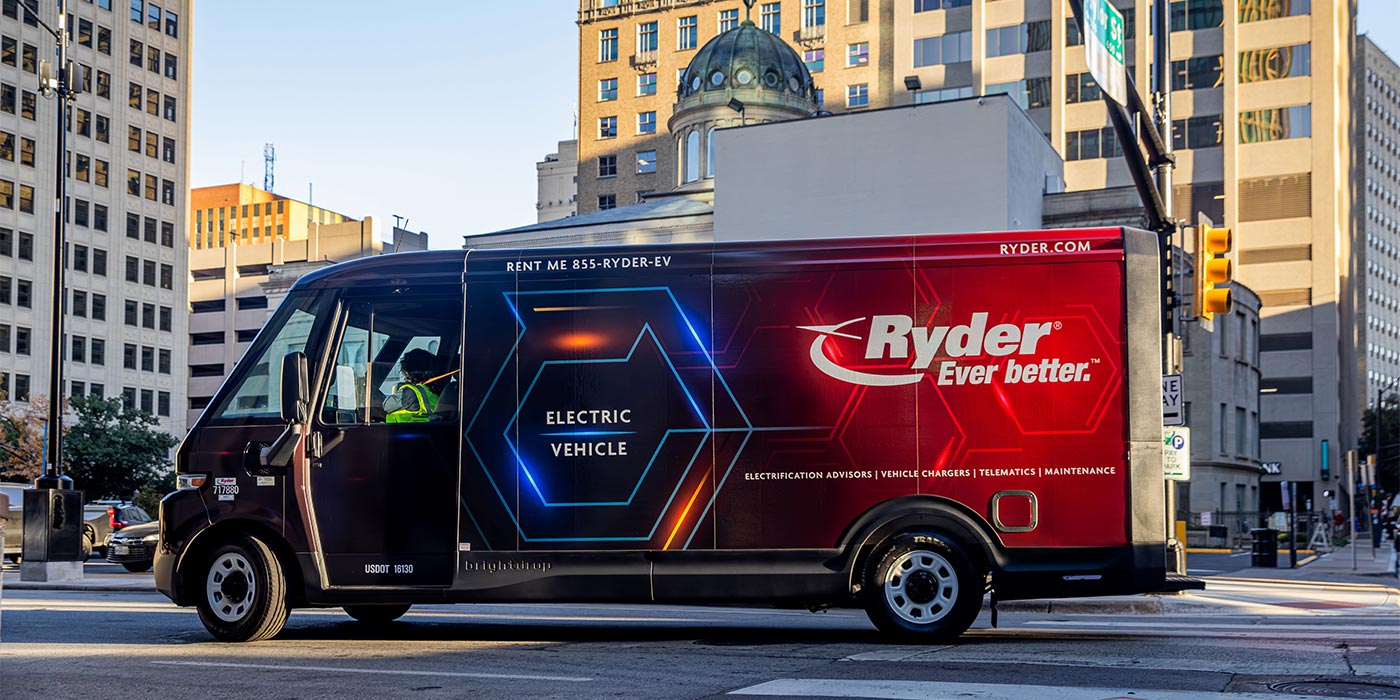Daimler Trucks North America sustainability efforts extend from the plant to the road. While initiatives focused on reducing emissions and fuel consumption have been around for some time, new greenhouse gas and fuel economy standards continue to propel manufacturers to develop alternatively powered vehicles.
“Our ongoing support for the environment is found in our commitment to deliver alternate-power options to our customers,” says an Eco Initiatives statement from Freightliner Custom Chassis Corp. (FCCC). “We’re dedicated to providing product solutions that meet consumer’s expectations while minimizing the impact on the environment.”
FCCC’s hybrid-electric vehicles (HEV) include the MT-45 and MT-55 chassis with GVW ratings from 14,990 to 25,500 lbs. According to the OEM, the HEVs deliver over 40% improved fuel economy while the MT-55 chassis comes with an engine idle-off feature for an additional 8 to 9% improvement. FCCC also developed a non-plug-in hybrid-electric school bus chassis with its sister company, Thomas Built Buses.
The FCCC HHV hydraulic hybrid walk-in van chassis, in GVW ratings of 20,500 to 30,000 lbs., is built on the manufacturer’s MT-55 platform, where the OEM says it has shown 50 to 70% improvements in fuel economy over traditionally powered vehicles. The HHV design employs an engine-off strategy that stores hydraulic energy to power the vehicle without the engine, resulting in no emissions or fuel consumption during this stage of operation.
The FCCC plug-in all-electric walk-in van chassis eliminates the need for fossil fuel altogether. The zero emissions vehicle is powered by a 120kW drive motor and a battery system that offers a range of up to 100 miles.
FCCC’s sister company at Daimler Trucks North America, Freightliner Trucks, is also in the medium-duty alternative power business. Offered by the OEM is the Freightliner M2 112 line of natural gas trucks and tractors and the severe-duty 114SD NG truck powered by the Cummins Westport ISL G 8.9 natural gas engine. Freightliner also has the M2 106 Hybrid truck with a Cummins ISB 6.7 liter diesel engine and the Eaton parallel-electric hybrid system in truck and tractor configurations in its lineup.
Across its operation, DTNA is focused on sustainable manufacturing practices that reduce its environmental impact. In December of last year, the North Carolina Department of Environment and Natural Resources (NCDENR) recognized the Daimler Trucks North America plant in Cleveland, N.C., as an Environmental Steward for its “environmental performance, commitment to continued reduction of its environmental impact, and demonstrated commitment to exceed compliance.”
DTNA employee teams at the plant identified the best options for reducing waste and recycling material, whether reusing cartons for shipping, reclaiming solvent, working with supplier partners to reduce packaging or turning waste into energy. Today, everything received or produced by the company is used, reused, recycled, or sold, and nothing is sent to a landfill.
The zero-waste-to-landfill goal at DTNA was initiated to reduce the carbon footprint of its manufacturing facilities. The Cleveland plant is one of five DTNA facilities to be recognized for achieving zero-waste-to-landfill status. Also named are a parts plant in Gastonia, N.C., a truck plant in Mt. Holly, N.C., the Thomas Built Buses plant in High Point, N.C., and the FCCC plant in Gaffney, S.C.
“Daimler Trucks North America has an ongoing commitment to achieving a sustainable future,” said Sandra Carter, environmental engineering manager at DTNA. “As a pioneer in environmental technologies and manufacturing processes, we reach beyond standard requirements whenever possible to lead the way for the industry. We’re well on our way to making our ongoing commitment to sustainability come to life, not only in our product line, but also across our manufacturing facilities.”
DTNA’s commitment to sustainability is an important goal for all successful corporations. So too is offering fleets product options that consume less fuel and reduce their carbon footprint.
This column appeared in the February 2014 edition of Fleet Equipment. You can read the entire issue on your phone or tablet by downloading the Fleet Equipment app.

